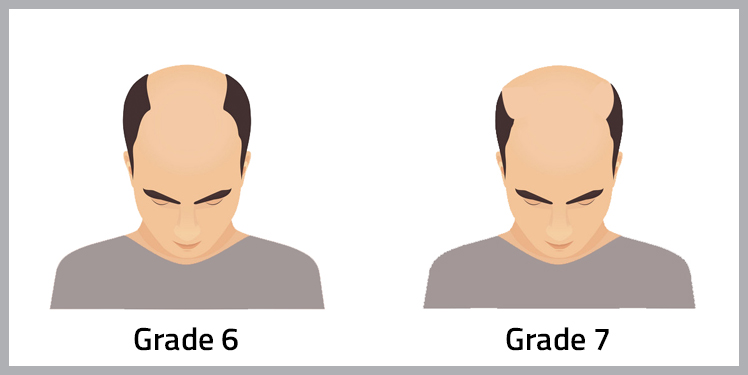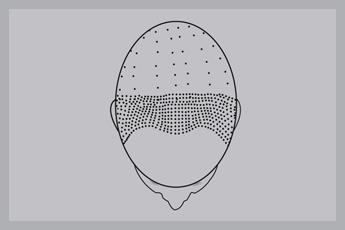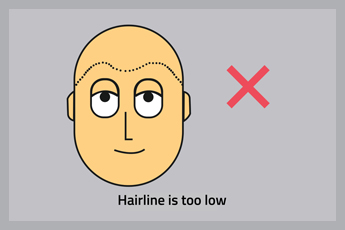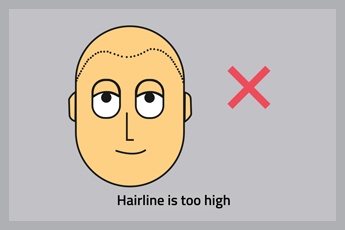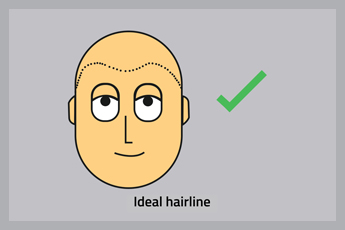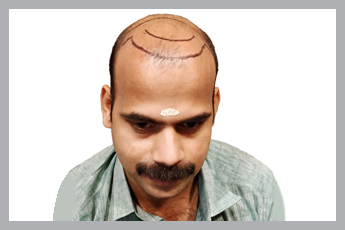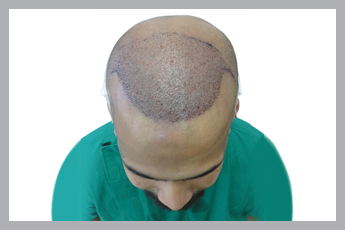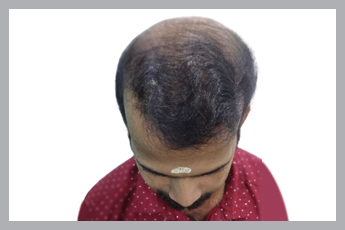Hair transplantat has gained more success over time than any other hair restoration method. Still, people have a lot of questions about hair transplant. From the cost to how long it will last, people wonder if they’ll be able to maintain their lifestyle while getting a hair restoration treatment done. Also, they are concerned about the things involved with this procedure. Let us take some time exploring these common questions that come up when thinking about having your hair transplanted.

1. Is Hair Transplant painful?
The surgery will not be entirely painless. The pain you will experience after the surgery is not too severe, and it should begin to subside in a few days. You might feel some discomfort for two-three days but that’s normal. The grafts have been in one spot for several years and your body will feel strange when they are transplanted somewhere else on your scalp. However, the discomfort is usually mild and should only last two or three days after the surgery before disappearing completely.
2. Is Hair Transplant permanent?
If you maintain your transplanted hair properly, it will be permanent. If you clean and take care of it the right way, then there is no chance that you will lose any part of it. However, if maintenance isn’t a high priority for you then maybe this new transplant won’t last very long in the end; so essentially it is all about how much effort you are willing to put in to maintain your scalp’s healthiness in addition to keeping up with proper cleaning methods.
3. Is there any non-surgical way to re-grow hair?
There is no non-surgical method to grow back your hair, but you can maintain it with PRP. To get a new head of hair, the only option is via transplant surgery. However, if the only method of growing new hair that interests you is non-surgical then we recommend wearing hair patches.
4. Is it safe to go for Hair Transplant if I have any medical condition?
Before we can proceed with the surgery, all patients must have a fitness certification from their current physicians. If they are diabetic or have low blood pressure history and/or conditions, it is not permitted for them to undergo this surgery until thay get go ahead from their physicians in this regard.
5. Why there is so much variation in the price of hair transplant clinics? Why do some clinics offer unlimited grafts while some don’t?
The first thing I would like to clarify is that there isn’t actually an unlimited supply of hair grafts, as some sources claim. Your donor area is limited and there are limits on how many units of hair we will be able to acquire for your transplant based on the current resource availability in the donor area. Your max donation amount would typically fall somewhere between 5000 – 6000, while harvesting an average of 3000 – 4000 grafts.
The cost of getting a hair transplant depends on many factors. There are several questions to consider like: what is your doctor’s experience? How professional and clean is their clinic environment? Who will actually be doing surgery for you – just another member in training or an experienced surgeon with years of practice under his belt.
Your doctor should be well-versed with the extraction of grafts, the safest mode of extraction and what to do after extraction so that your donor area looks normal.
I have heard that technicians are performing hair transplant surgeries at many of the clinics, not the Doctors
In Hair O Craft we have a protocol that only the doctors are supposed to do surgery. The doctor extracts grafts and implants them. At Hair O Craft, we are too particular about how our display system works: If you are my patient and I have committed to providing 2000 grafts, then that is exactly what I will show you.
6. Does the hair in the donor area grow back after it has been extracted for transplant?
We get this question a lot, and many people have been confused by it. Many patients believe that the hair in your donor area will regrow even after your transplant is done; however, this is false information.
Hair grafts removed from the donor area will never grow back. It is removed with roots intact, and those roots are placed in areas that you don’t have hair. So, the part of the donor area where hair is taken from will not grow back any new hairs.
But the order in which hair extraction is done makes a difference because the remaining donor area will have enough hairs to cover it and you won’t get any patches.
7. Will I get full coverage from Hair Transplant?
Full coverage depends on many factors. The first important factor is what grade of baldness you are in. For a person with grade 3 and 4 boldness, there is a possibility for full coverage. Patients with higher grades like 6 and 7 often don’t have any hair on their heads. This makes it impossible to do full coverage for them, unfortunately.
For patients with higher grades like grades 6 and 7 who don’t have any hair on the head, it is impossible to do full coverage for them. Another important factor is in preserving your existing hair. If you have 3, 4 or 5 cases of baldness and a significant amount of hair on the scalp, preserving this with transplantation will allow for full coverage.

